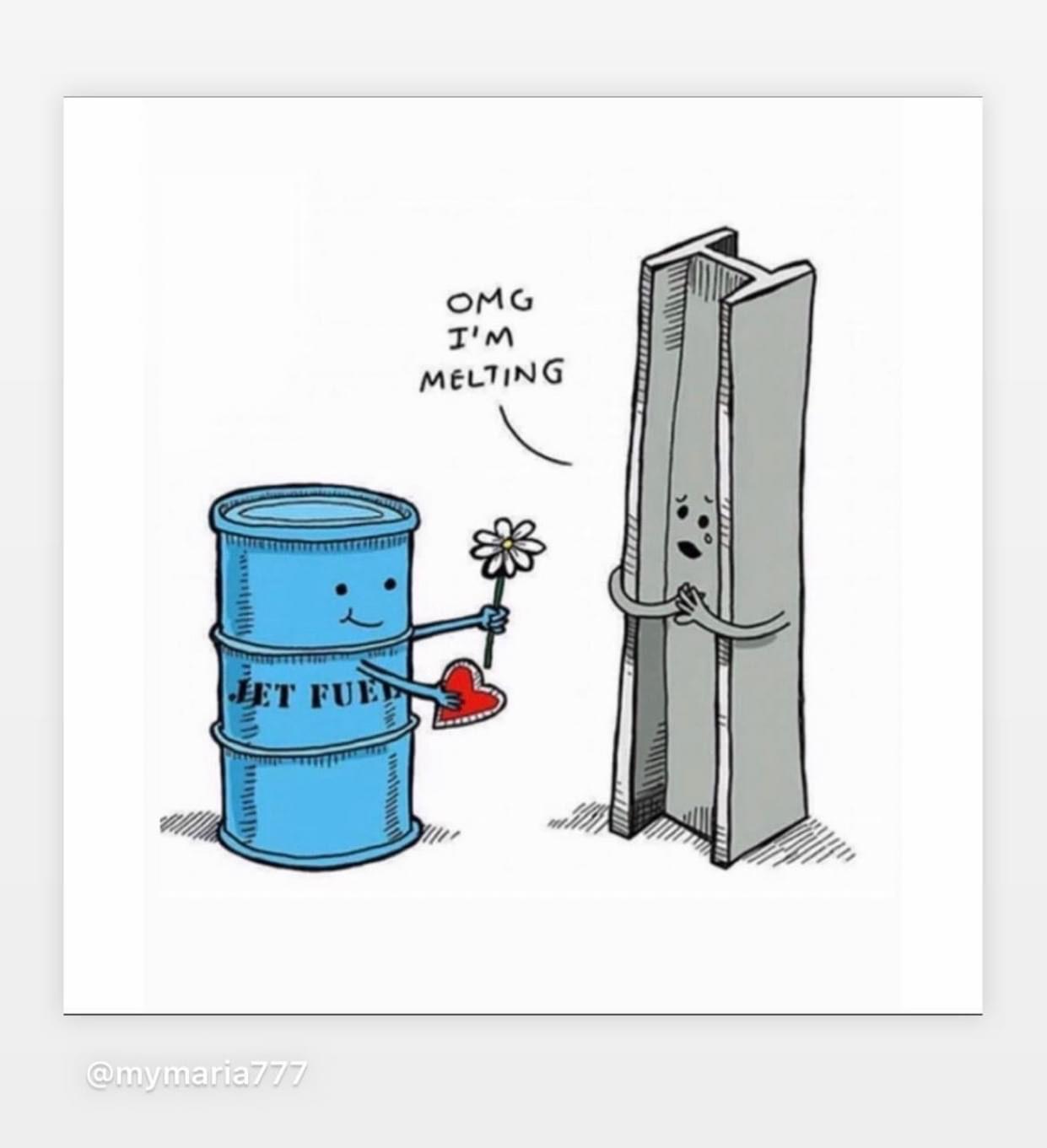"Artificial photosynthesis: A pathway to solar fuels."
So I've often wondered why we are always talking about making everything electric instead of making liquid fuels from solar energy, especially jet fuel, as it seems unlikely heavy electric batteries will ever be cost-competitive in aviation where being lightweight is so important. Jet fuel has an energy density (energy per unit mass) around 50x lithium ion batteries.
If creating jet fuel from solar energy sounds like it's not a solution to the problem of atmospheric carbon, actually it is because the carbon comes out of the atmosphere in the form of CO2. When you burn fossil fuels, you're pulling them out of the ground and releasing the carbon into the atmosphere, increasing atmospheric CO2 levels. When you pull CO2 out of the atmosphere to make jet fuel, and them put the CO2 back in the atmosphere, you have a closed loop that doesn't actually increase atmospheric CO2 levels. In order to do this, though, you need a source of energy, one that isn't itself coming from fossil fuels. Solar energy would fit the bill. And, you also have to know how to do it, chemically.
Unfortunately, my understanding of organic chemistry isn't good enough to give you an in-depth explanation of what they're proposing here. I can just give you the basic outline. Without deep understanding of organic chemistry, it often feels like the word "catalyst" functions as some sort of magic wand. How do you get from sunlight to ethlyene? Catalyst! How do you get from ethlyene to jet fuel? Catalysts!
The basic idea is a 2-step process. The first is to use the voltage from sunlight to "reduce" CO2 to ethlyene. They do mention another process whereby a voltage produced from sunlight is used to split water molecules, but since hydrogen cars (and jets and everything else) don't seem economically viable, I'm going to focus on the CO2 reduction pathway. "Reduction" in chemistry means gaining electrons, for historical reasons that make no sense any more, but the terminology has stuck. The process is done with a gas-diffusion electrode (GDE) with a membrane-electrode-assembly (MEA) cell. This is depicted in Figure 3 in the paper, which you can actually see without downloading the paper as it's all readable on the web page. You have 7 layers, which are the liquid electrolyte layer, the catalyst, microporous layer, the gas diffusion layer which is where you have your gaseous CO2, the current collector, and an additional gas chamber.
Your CO2 at this stage hasn't changed into ethylene, it's just gotten a bunch of electrons added to it, but this is the first step. The next step (Figure 4, of course) is a "microenvironment architecture" with "a photoelectrochemical reactor for CO2 reduction to ethylene". The key to this step is the catalyst, which is probably copper-based as the paper mentions copper catalysts numerous times. What is accomplished at this step is the fusion of CO2 molecules into ethlyene, which has a carbon-carbon double bond. It's a molecule with a carbon-carbon double bond and then two hydrogens hanging off each carbon. (If you're ever heard the word "hydrocarbons", here you go.) If you're wondering where the hydrogen comes from, I actually don't know. Apparently the hydrogen atoms come from the magic word "hydrogenation". I guess hydrogen is so abundant, you don't really need to specify where it comes from. It is, after all, the most abundant element in the universe, the primary atom created in the big bang. Anyway, once you've created this molecule, ethylene, you're now in the world of alkenes, which means molecules with carbon double bonds.
If you're wondering what the point of double bonds is, the answer is energy. In these molecules, energy is stored in the chemical bonds. Any time you can add bonds without adding atoms, you're increasing the amount of energy you can store without adding weight. For jet fuel, you want molecules all the way up to 17 carbon atoms, with double bonds between all of them. That stores a lot more energy than the same number of atoms without being bonded -- double-bonded -- together into molecules. The second step uses a "thermochemical reactor that synthesizes ethylene-based fuel products." This is where the next set of magic catalysts enables you to get your jet fuel.
If you're wondering why jet fuel is specified as any molecules from C4 to C17 (4 to 17 carbons with double bonds), rather than an exact chemical formula, it's because jet fuel is specified by its characteristics, rather than its exact chemistry. Besides packing a sufficient amount of energy per unit weight, jet fuel has to fit specific requirements for freezing point, flash point, viscosity, acidity, electrical conductivity, amount of sulfur and other undesirable chemicals, how it performs in standard tests of wear and tear, and so on. For freezing point, I actually learned that Russia has its own standard with a lower freezing point. We have Jet A and Jet A-1, with -40 for Jet A and -47 C for Jet A-1. -40 is the temperature where you don't have to specify Fahrenheit or Celsius, because it's the point where the two temperature scales cross. But for -47 we have to say C (it would be -53 F). The Russians went down to -50 C (-58 F). Their fuel standard is called TS-1.
Flash point is the lowest temperature at which there will be enough flammable vapor to support combustion when an ignition source is applied. The flash point for both Jet A and Jet A-1 is 38 C (100 F), which seems a little low to me, but I guess it works.

